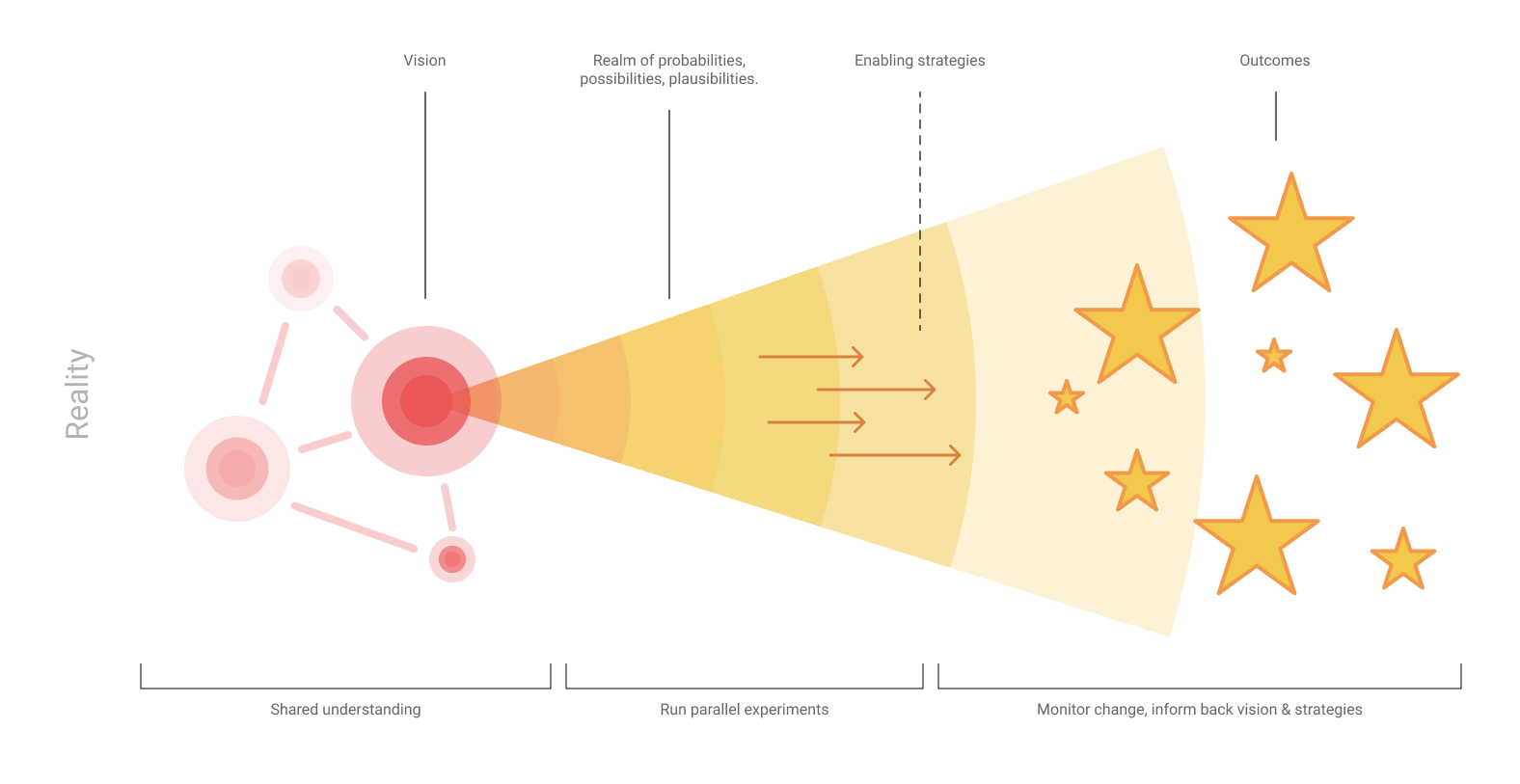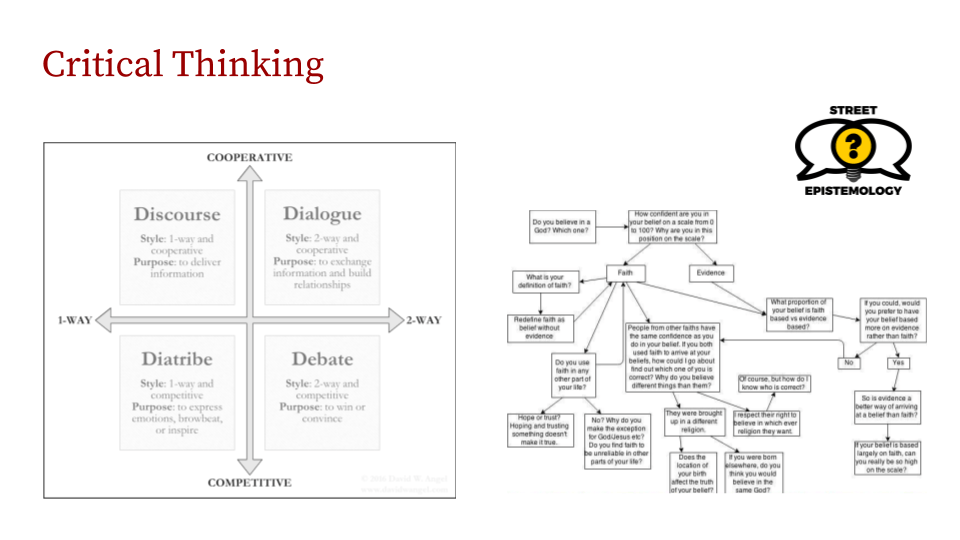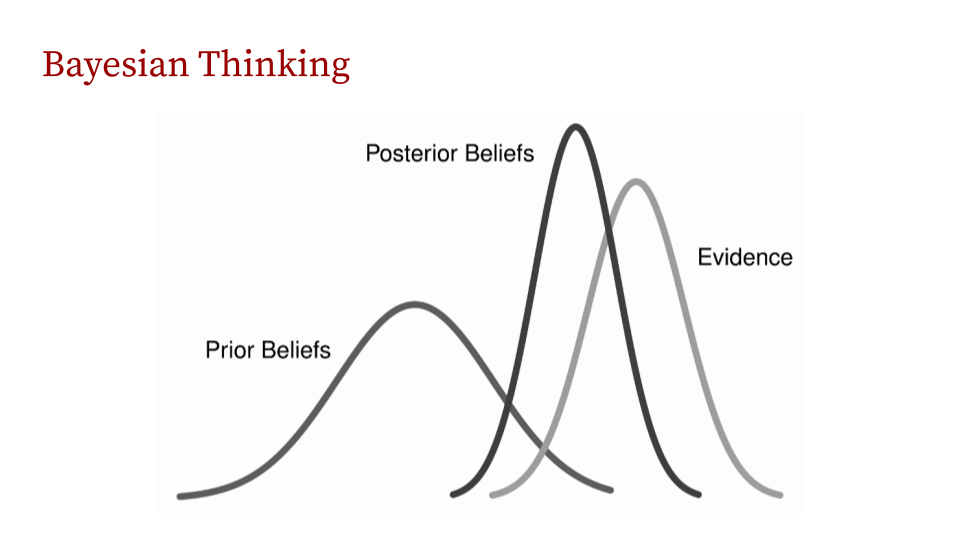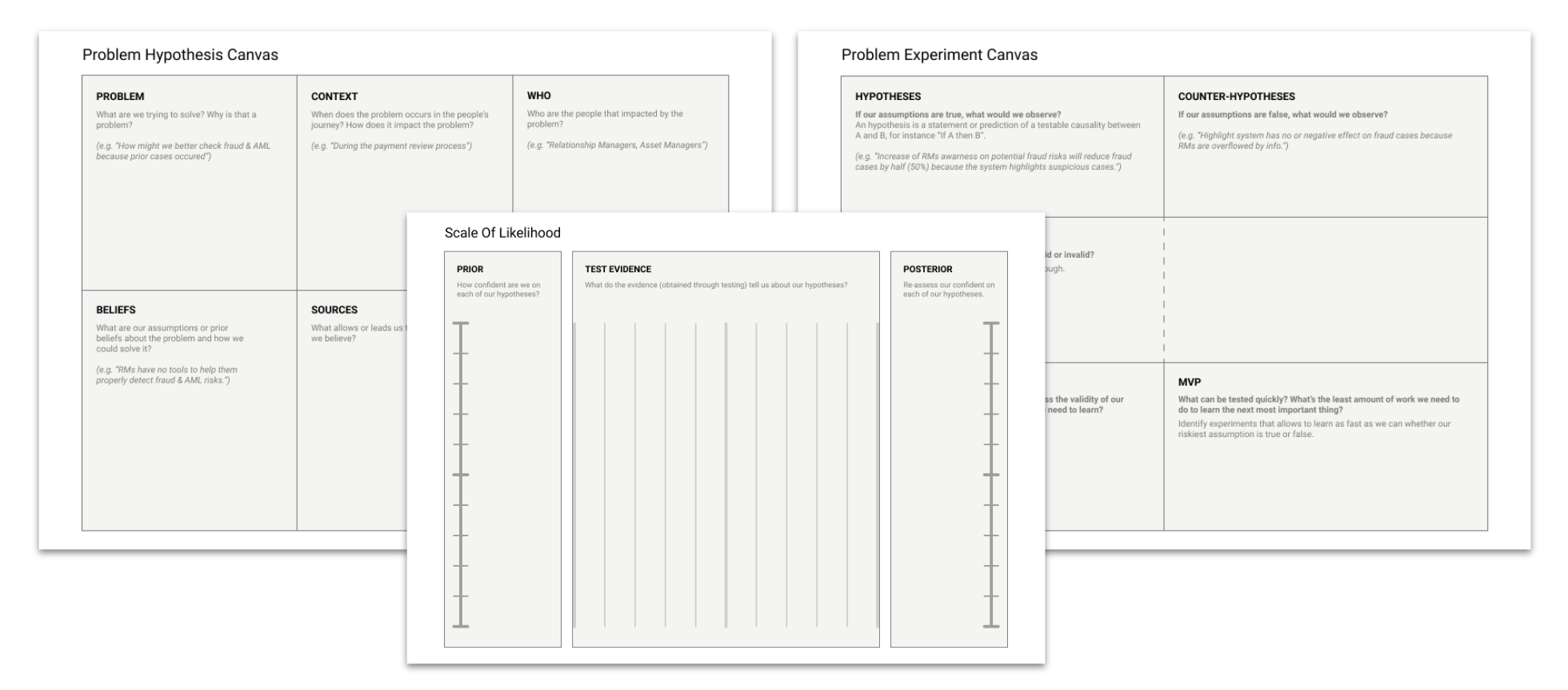
Systemic Mapping: Know the territory 🗺
Understanding the environment you’re in, its components and interactions, is key to understand how problems arise/evolve, how people experience them, how they talk about them.
You also want to capture people's aspirations, goals, hopes, and meaning of what they’re doing.
This understanding allows us to (among other things):
- Know how the system lead to the current results and understand its level of complexity.
- Acknowledge the current beliefs, how they are reinforced by system and how they influence it in return (organizational structure, tech structure, management, behaviors, etc.).
- Visualize the intricacies with other systems.
- Make it visible, so that everyone shares that overview and understanding.
More importantly, because proper understanding is the basis for informed actions, this mapping is defined with you, based on your goals.
Vision: Setting up a north star 🌟
From the shared understanding of this “current state”, I accompany you and your teams in drawing a vision of a desirable future, for them and their environments.
A vision is not fixed and rigid. It should contain uncertainty, unclear future components, and room for better definitions. A vision should evolve over time: it’s an ever going work in progress.
Strategy Portfolio: Tracing multiple routes 🧠 ✨
A vision gives you a direction on the map, but not how to go there.
That's why we devise together strategies grounded in reality and shows possible paths. The future is uncertain and so you can't rely on one single big bet. You should have a “portfolio of strategies” that you can test and follow in parallel.
Such as your vision, your strategies should evolve (or be killed) as your environment reacts and “mutates” due to your actions — remember that you’re part of the system.
From strategy to products, services, and more.
A strategy can be many thing as soon as it helps progress towards your north star. At this phase, for instance, we can decide to create a new product while improving an existing service and put in place an education program to ensure change, etc.
I help you map out potential consequences of your actions.
Also, ethical considerations should happen here, as you want to explore the potentialities of your actions. What could happen if I’m wrong about this? What are the impacts? Would I be okay with this if I was the one impacted? etc.
Monitoring change 📈
Your strategies should help devise clear goals. Metrics must inform on your progress toward these goals.
This is generally difficult to do well, but it can be really detrimental if done wrong: mind the focusing effect. Yet, useless, meaningless and/or often unnecessary metrics are legion in large organizations.
I help you define good metrics.
Good metrics are based upon your goals and should help you assess their credence: in other words, aim to measure how wrong you are. You hear me right: we want to mitigate our natural tendency for validation bias by being less wrong (not more right).
On a broader aspect, monitor the effects and changes in the system. Look-out for emergent behaviors —also called “weak signals”.
Tools And Processes
Your goals inform on which tools, methods, and processes to use. It's really important, so let me repeat this: tools, processes, and methods should be considered in regard to the goals you're trying to achieve. Not the other way around.
For this reason, I don't sell you a particular approach (Design Sprint, Design Thinking, Agile whatever) and that's one of the reasons why this general approach is adaptive & non-linear.
My philosophy
Shifting The Burden Of Understanding
As a designer, I love to learn about as many and various things as we can.
But Designers should not hold a “sacred position” of lone geniuses. Instead, we should remain in a position of “humble & curious learners” as long as possible. Our role should be more one of facilitators that one of genius creators or lone cowboys.
“Everyone Is A Designer, You’re A Facilitator.”
It is important to realize that design doesn’t happen in a vacuum and that we don’t “own the design”. Working in large organizations means working with tons of different people which make tons of decisions every day that impact the design and the experience of what an organization brings to the world, whatever it is. In a sense, they are designers as much as we are.
This perspective invites designers to shift the burden of understanding, to be more humble, more empathic, and actively listening to others. You cannot possibly be involved in each decision ever made. You cannot even control every aspect of an organization that brings to life things as they are. But you can act as an enabler to ensure that people act as designers, share a common understanding of the problems, the people, their contexts, and ultimately trust them to make informed decisions about it.
Critical Thinking
Being a humble & curious learner means asking pretty good & respectful questions. And this is what critical thinking & skepticism are about. But, it is often seen as a “skill”. To me, it is more a set of tools and a mindset to ask better questions –key to properly discover problems and deeply understand them.

Bayesian Thinking
As explained, beliefs are everywhere. And as much as you need to understand the systems you are in, you need to acknowledge the biases people will start from working with. Yes, the illusion of starting from a “blank page” is probably one of the most detrimental designer’s false-belief.
Everyone hold beliefs, either it is about the problem, the solution, the outcomes, etc.
Bayesian thinking, roughly speaking, allows people to assess and give certain credence to the beliefs they hold about a topic, turn them into hypotheses, find actual evidence, and reassess the beliefs in the lights of the evidence.

Interestingly, the Bayesian approach does not refute beliefs but instead weights them on a scale of likelihood (credence), taking into account prior weight in the result, making it an inclusive approach.
Evidence-Based Design. Because Faith Isn't Reliable Method.
Our tools should help us toward our goals. So I created a set of canvases to help me.

Formulating good –testable and measurable– hypotheses from beliefs are really hard but fun to practice. People can gain agency and empowerment from such practices, leading to better shared understanding, better decision-making, and eventually better design as a whole.
